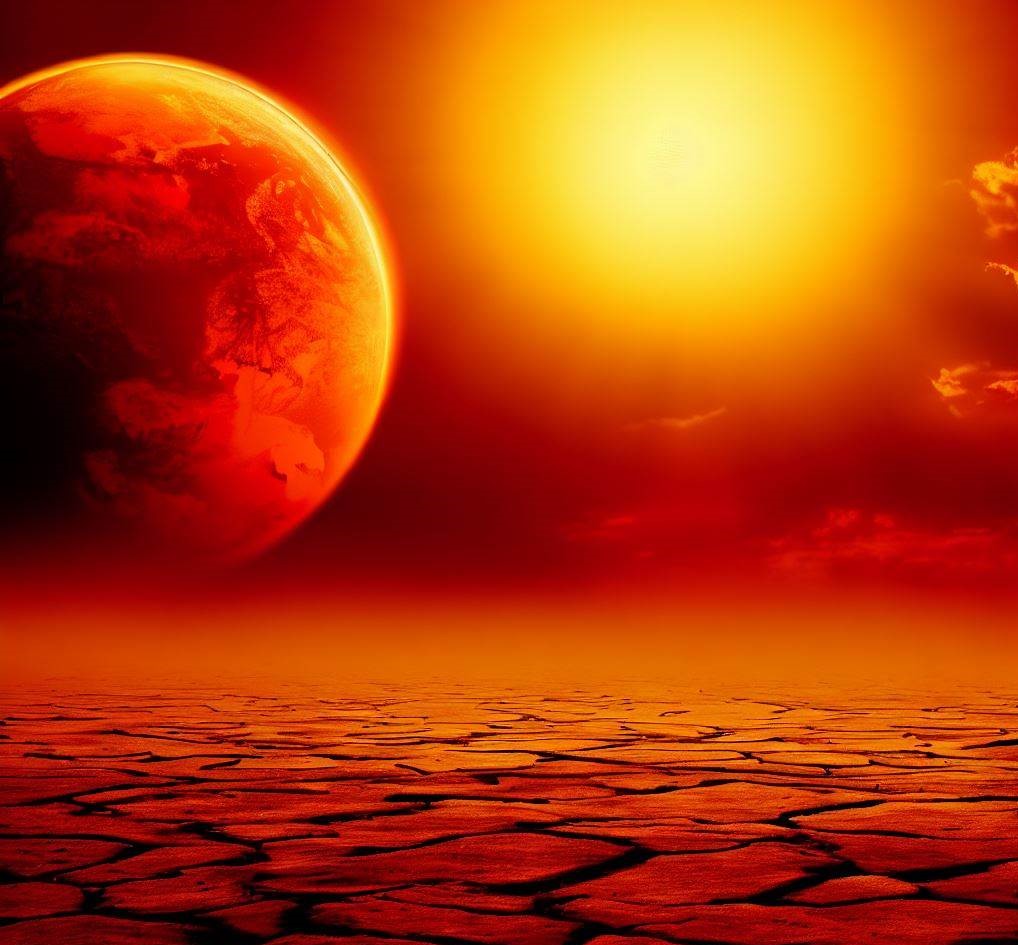July 2023 is set to be the world’s hottest month in “hundreds, if not thousands, of years”, according to a top NASA scientist. Gavin Schmidt, the director of NASA’s Goddard Institute for Space Studies, warned that the scorching global heatwaves driven by the climate crisis are “not a surprise” and are likely to get worse.
What’s causing the record-breaking heat?

Schmidt said that the unprecedented changes in the global temperature are directly linked to human activity and greenhouse gas emissions. He also pointed out that the emergence of the El Niño phenomenon in the Pacific Ocean, which is associated with hotter temperatures, is contributing to the heat.
El Niño is a natural climate cycle that occurs every few years, when the surface waters of the eastern tropical Pacific become warmer than usual. This affects the atmospheric circulation and weather patterns around the world, often leading to droughts, floods, and extreme heat.
Schmidt said that El Niño has just begun this year and will likely peak toward the end of the year, increasing the chances that 2023 will be the hottest year on record. He also predicted that 2024 will be even hotter than 2023, as El Niño will be in full swing.
What are the impacts of the heatwaves?

The heatwaves have already caused devastating impacts on people and ecosystems around the world. Some of the examples are:
- In June, a historic heat dome engulfed parts of Canada and the US, breaking temperature records and killing hundreds of people. The Canadian town of Lytton recorded a staggering 49.6°C (121.3°F) before being destroyed by a wildfire.
- In July, deadly floods hit parts of Europe and China, after heavy rainfall triggered by a stalled jet stream. More than 200 people died in Germany and Belgium, while millions were affected by floods and landslides in Henan province.
- In July, Siberia experienced a heatwave that melted permafrost and sparked wildfires that released huge amounts of carbon dioxide and smoke into the atmosphere. The region also saw a surge in anthrax cases, as thawing soil exposed infected animal carcasses.
- In July, parts of Africa and Asia faced severe droughts and water shortages, affecting millions of people and threatening food security. Somalia declared a national emergency, while Iran faced protests over water mismanagement.
What can we do to prevent further warming?
The scientists at NASA said that the only way to prevent further warming and avoid more catastrophic consequences is to reduce greenhouse gas emissions and transition to clean energy sources. They also said that NASA’s climate-focused initiatives can help governments and communities better mitigate and adapt to the climate crisis.
NASA collects and analyzes data from satellites, aircrafts, ships, buoys, and weather stations to monitor and understand the Earth’s climate system. It also develops models and projections to assess future scenarios and inform decision-making. It also supports innovation and education to foster climate solutions and awareness.

Some of NASA’s current and upcoming climate projects are:
- The Earth System Observatory: A new constellation of satellites that will provide a holistic view of the Earth’s atmosphere, land, ocean, ice, and biosphere.
- The Climate Absolute Radiance and Refractivity Observatory (CLARREO) Pathfinder: A mission that will test a new instrument to measure the Earth’s reflected sunlight with unprecedented accuracy.
- The Surface Water and Ocean Topography (SWOT) mission: A mission that will map the Earth’s surface water and ocean currents with high resolution.
- The Plankton, Aerosol, Cloud, ocean Ecosystem (PACE) mission: A mission that will study how plankton influence ocean health and the Earth’s carbon cycle.
- The NASA Climate Change Research Initiative (CCRI): A program that engages students and educators in NASA’s climate research and activities.

NASA administrator Bill Nelson said that NASA is “uniquely positioned” to tackle the climate crisis with its scientific expertise and technological capabilities. He also urged for more collaboration and action from other sectors and stakeholders.
“We need everyone working together on this,” he said. “We need governments at all levels. We need industry. We need academia. We need non-governmental organizations. And we need individuals.”

